When I first learned to cook, I felt the need to follow a recipe to the T. If it called for a cup of sugar, I used exactly one cup of sugar. If it called for a cup of cream, I used exactly one cup of cream. This usually made for tasty food — I mean, you can’t go wrong with sugar and cream! But as the years went on, I wanted to make baked goods that were tasty and healthy.
As I’ve learned more about cooking and nutrition, I’ve grown more comfortable adapting recipes. Here are just a few tried and true ways I modify a recipe for more nutritious treats.
1. Swap oil for applesauce or pumpkin puree.

In a baking recipe, you’ll usually see a good amount of oil or melted butter. While our body does need some fat, often the amounts used in baked goods go a little too far. Oil or butter are very calorie dense, meaning a small amount contains a lot of calories. For example, just one tablespoon of vegetable oil has 124 calories and 14 grams of fat. While a good amount of the fat is polyunsaturated and monounsaturated (fats that are better than saturated or trans), the large quantity of fat means it should be consumed in moderation.
In an effort to make my baked goods a little healthier, I often swap half the oil for unsweetened applesauce or pumpkin puree. (See my healthier strawberry breakfast doughnut recipe!) Unsweetened applesauce is much lower calorie, plus it’s a natural sweetener! Canned pumpkin purée adds even more nutritional value with a little protein & fiber, plus a whole lot of vitamin A!

| Ingredient | Serving Size | Calories | Fat | Other Nutrients |
| Vegetable oil | 1 Tbsp | 120 | 14 g total 2 g saturated | 9 g polyunsaturated 3 g saturated fat |
| Unsalted sweet cream butter | 1 Tbsp | 100 | 11 g total 7 g saturated | nada |
| Unsweetened applesauce | 1/2 cup | 50 | 0 g total | 1 g fiber |
| Pumpkin puree | 1/2 cup | 45 | 0.5 g total 0 g saturated | 3 g fiber 1 g protein 100% vitamin A |
2. Use wheat flour instead of white.
Most muffins, cookies, or pies call for some type of white flour — all-purpose flour, bread flour, pastry flour, etc. White flour offers a lighter, fluffier texture than whole wheat, so this is understandable! Unfortunately, white flour is more refined than whole wheat flour, giving it less fiber and protein. It also breaks down more easily (aka simple carbohydrate), so white flour is more likely to spike your blood sugar. (You can see this quantified in the “glycemic index” number in my table. According to glycemic-index.net, “Foods with a high GI (70 or higher) are broken down quickly, causing blood sugar and insulin levels to rise quickly.”)
While a white flour recipe won’t convert smoothly to whole wheat, you can usually sub about half the flour for wheat. In doing so, I err on the side of less total flour, as whole wheat flour is more absorbent than white flour and will soak up more liquid. But by adding whole wheat flour to your baked goods, you’ll be increasing the fiber and protein of your treat.
| Ingredient | Protein | Fiber | Glycemic Index |
| All-purpose flour (aka white flour) | 3 g | < 1 g | 85 |
| Wheat flour | 4 g | 3 g | 45 |
3. Swap some of the sugar for applesauce or mashed banana.
Most baked goods will call for some type of sweetener — typically granulated sugar. While sugar is tasty 😀 an adult’s recommended intake for added sugar is 50 grams. (The American Heart Association recommends even less — 25 grams for women & 36 grams for men.) Using whole foods like unsweetened applesauce or mashed banana provide that sweet taste with naturally occurring sugars. These foods have a much lower Glycemic Index, meaning they won’t make your blood sugar go as crazy. They also offer some nutritional benefits such as fiber, protein, and some vitamins & minerals. Sugar, on the other hand, is nothing but sweet. 😉
If you’re just starting out, I recommend swapping out half the sugar for applesauce or mashed banana. (This may change your consistency a little, as applesauce and banana are wet ingredients.) Once you get used to that, you can try doing a full swap, or reducing the total amount of sweetener as well.
| Ingredient | Serving Size | Calories | Glycemic Index | Other Nutrition |
| Granulated sugar | 2 tsp | 30 | 100 | nothing! |
| Unsweetened applesauce | 1/2 cup | 50 | 35 | 1 g fiber |
| Banana | 1 medium | 110 | 60 | 1 g protein 3 g fiber 450 mg potassium |
Want to try it out? Try my pear ginger rice porridge, sweetened with only mashed banana! Looking for other ideas on how to reduce added sugar? See my article here!
Healthy & Tasty Recipe Swaps
Baking can still be delicious and healthy! By swapping out oil, white flour, and sugar for more nutrient-dense ingredients like pumpkin, whole wheat flour, and banana, you can enjoy foods you love while taking care of your body.
Which idea are you going to try? Let me know in the comments below!
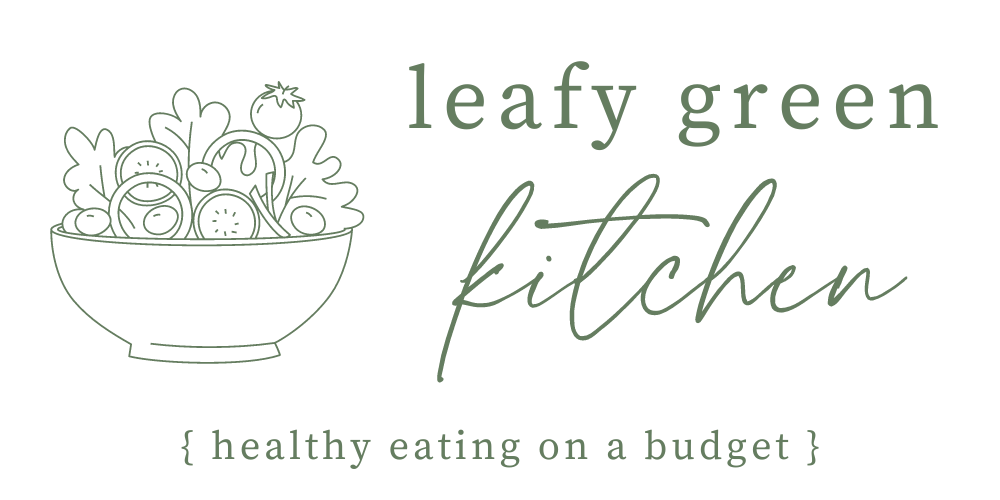
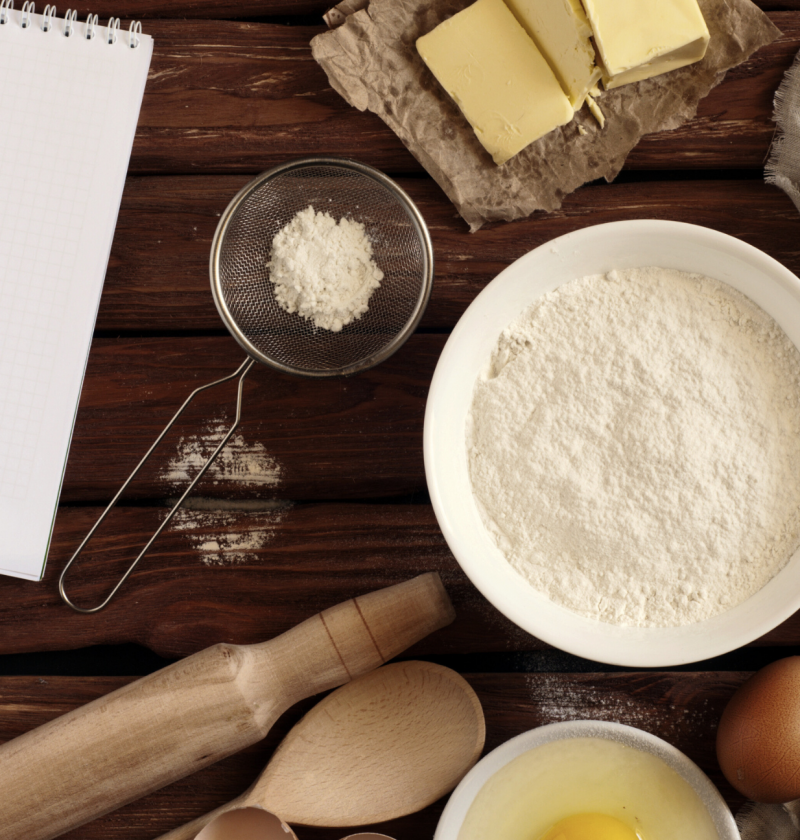
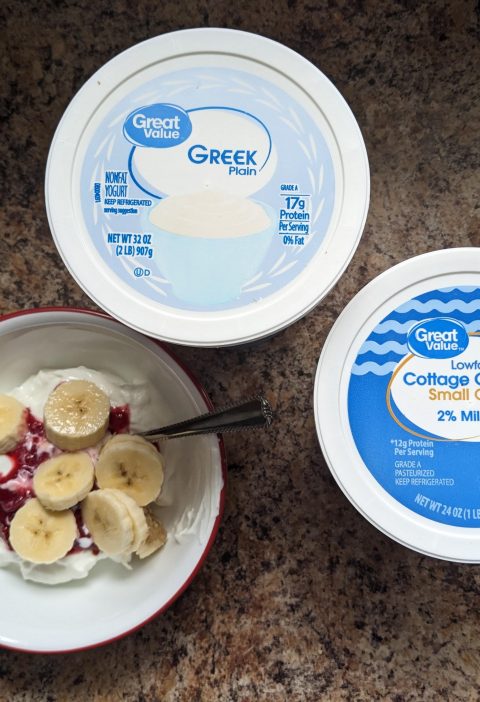
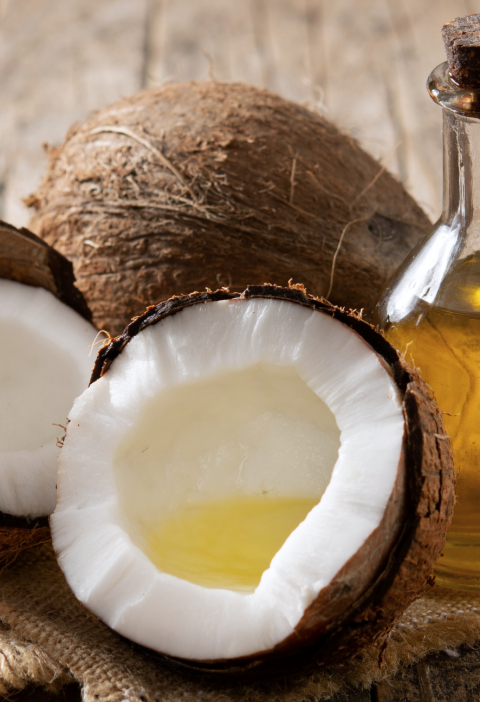
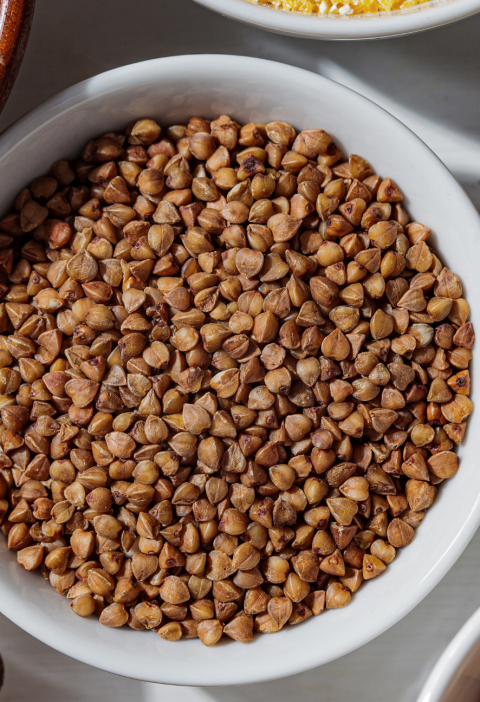
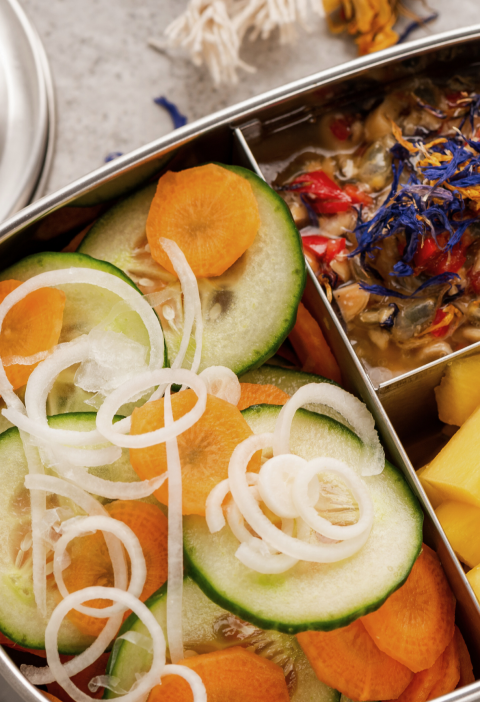
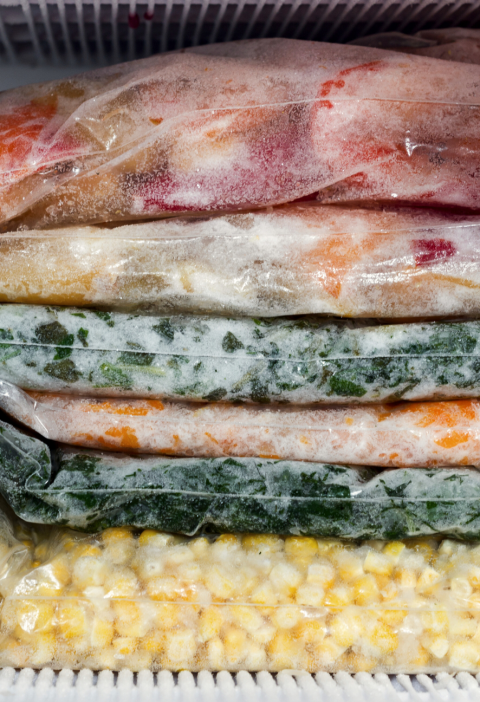
[…] some healthier substitutes for coconut oil? Check our my article about how to modify recipes to make them […]